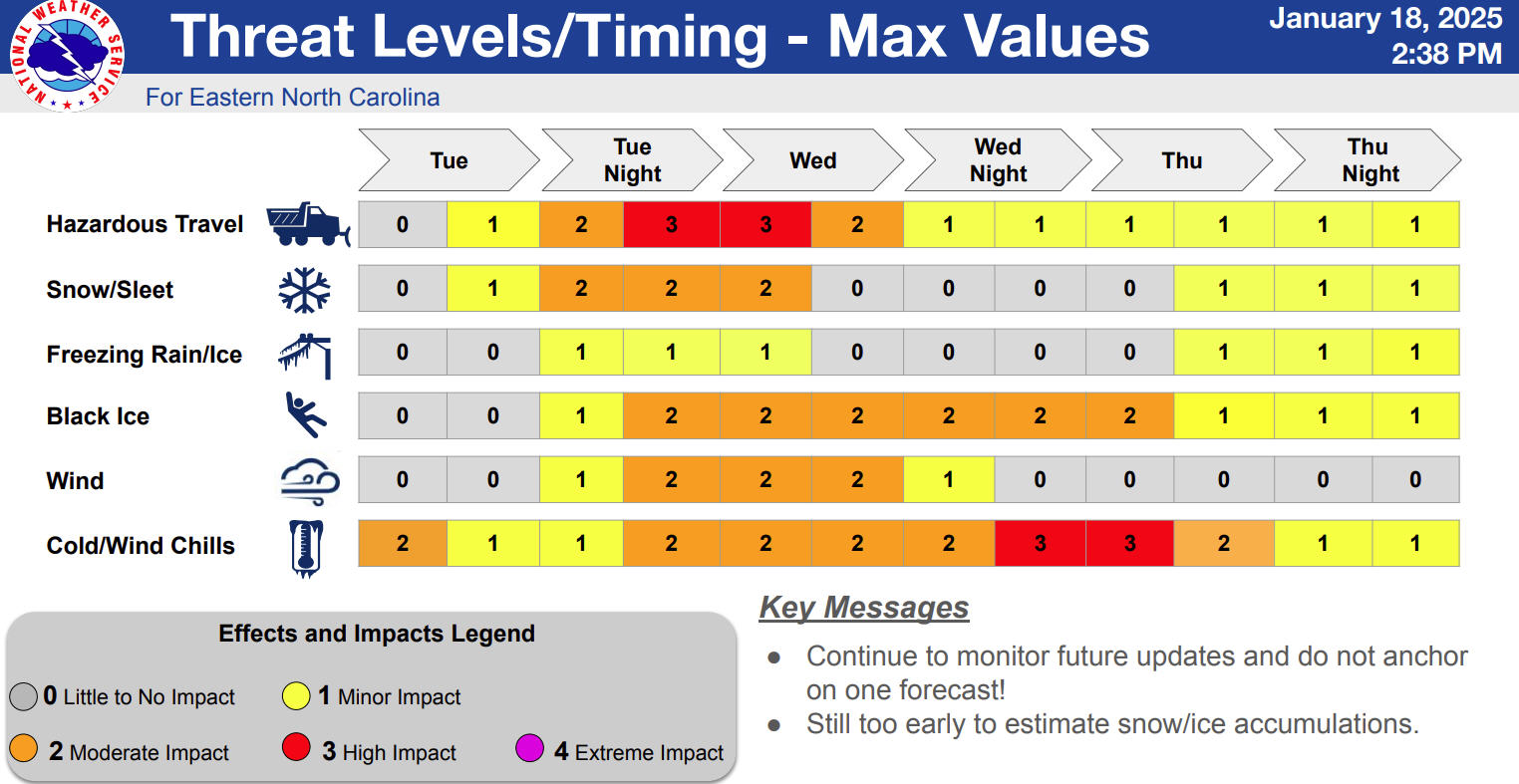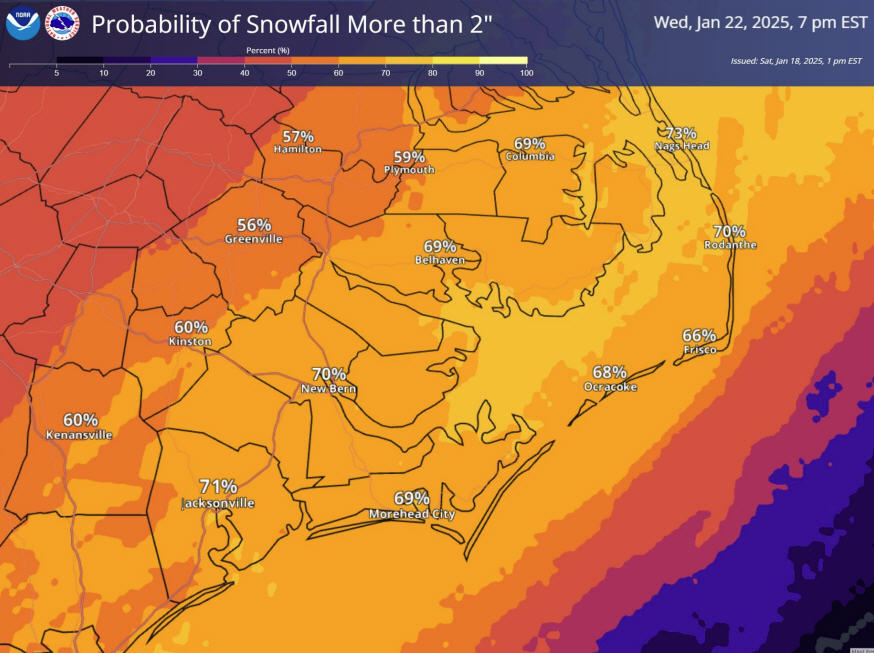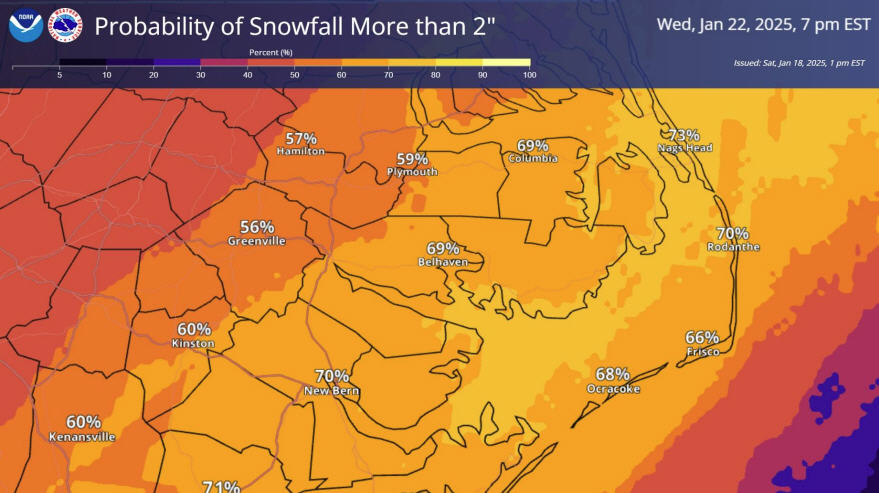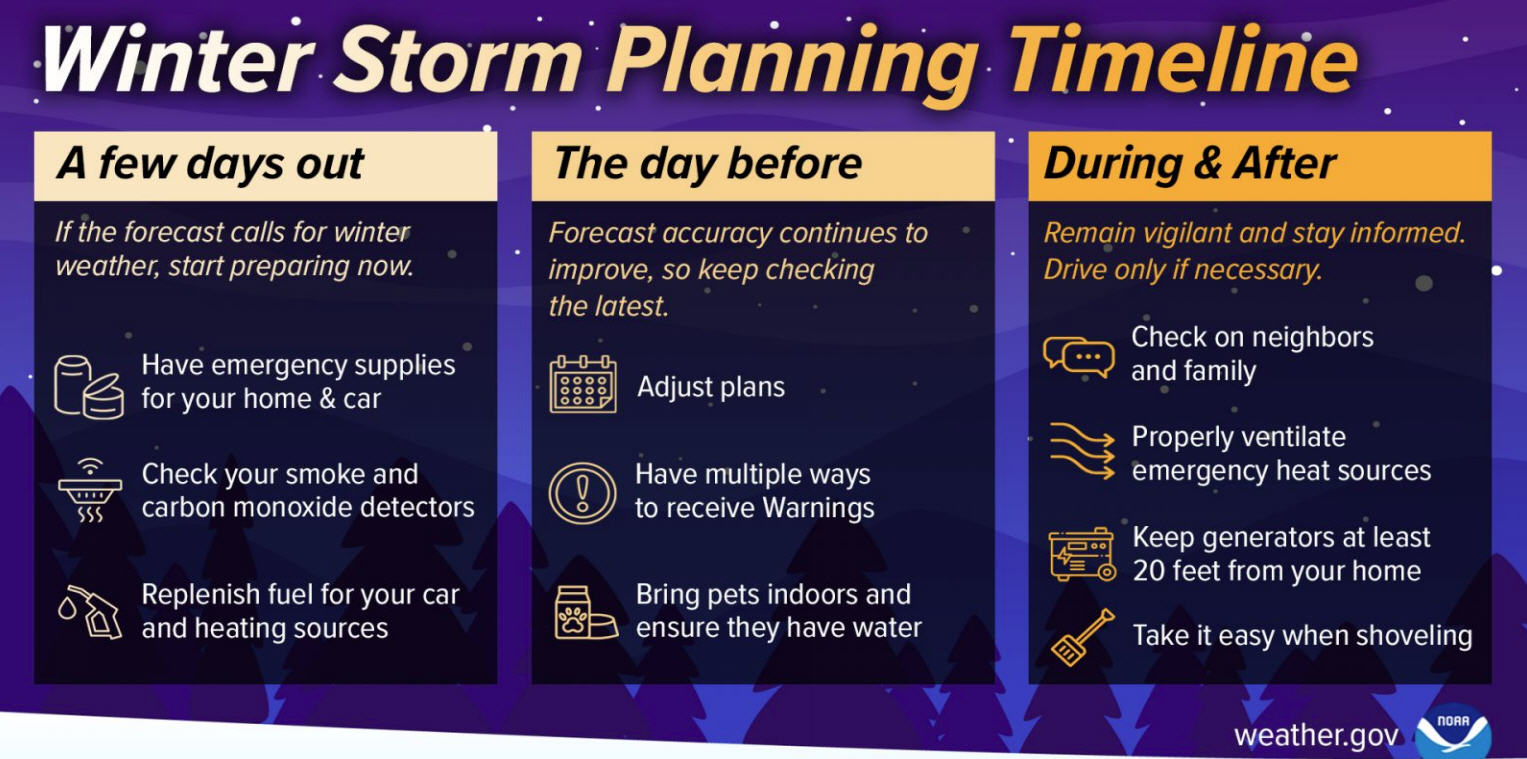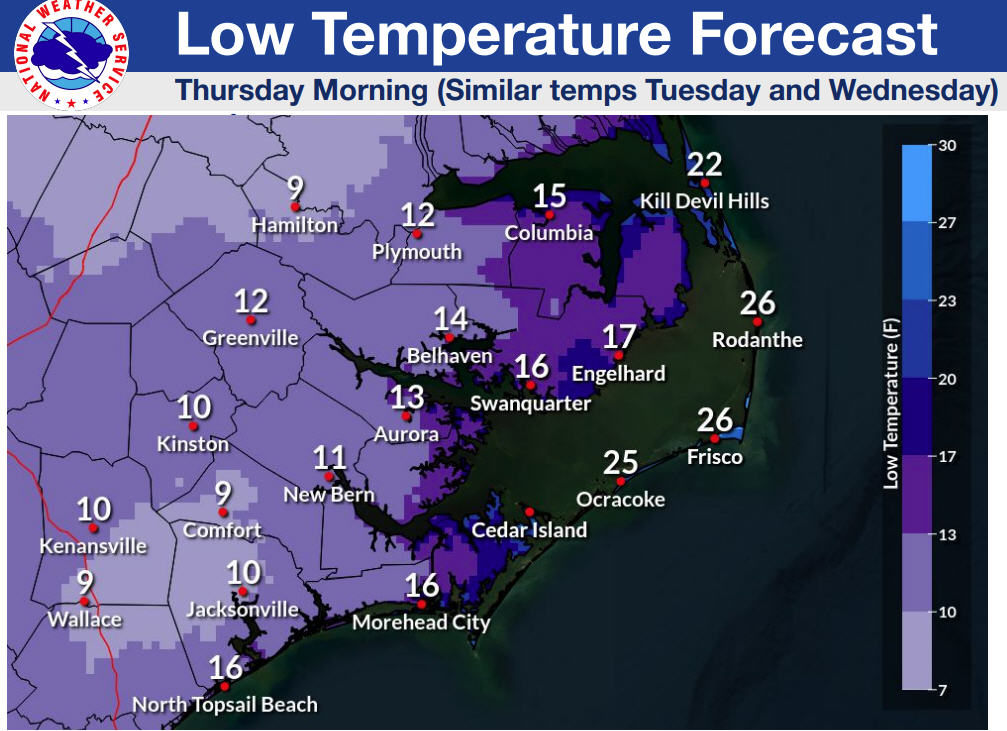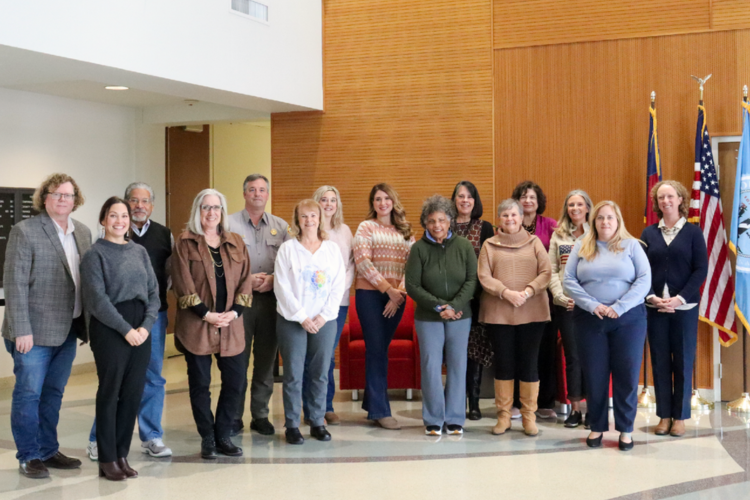Precautionary swimming advisory lifted for most N.C. waters; Sandy Bay and Salvo Day Use Area remain under pending advisory
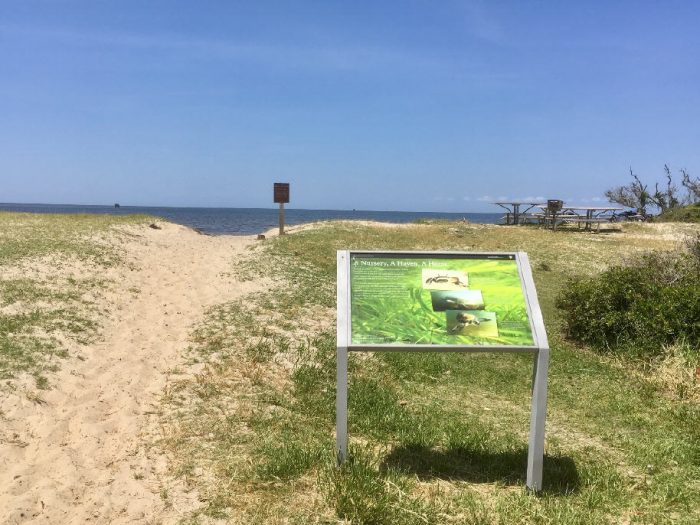
State officials today lifted the precautionary advisory against swimming issued due to Tropical Storm Idalia is in most ocean and sound-side waters of the state. but a few areas remain under advisory.
In general, the precautionary advisory is lifted for swimming sites in Brunswick, New Hanover, Pender, Onslow, Carteret, Dare and Hyde counties. Test results of water samples taken from these waters show bacterial levels that meet the state’s and Environmental Protection Agency’s safe swimming standards. However, the precautionary advisory against swimming remains in effect for the following:
- Estuarine rivers in Pamlico, Craven and Beaufort Counties
- Ocean beaches north of the Nags Head Fishing Pier to the Wright Memorial Bridge in Dare County; and
- Ocean beaches east of the eastern end of Oak Island in Brunswick County.
Additionally, two swimming sites in Carteret County and Dare counties remain under advisories:
- A swimming advisory issued on Aug. 22 at the public access to Bogue Sound at 16th Street in Morehead City; and
- A swimming advisory issued on July 9 at Jockey’s Ridge sound-side access.
Recreational water quality officials continue to test these areas and will notify the public when water samples collected meet the state’s and EPA’s safe swimming standards.
Pending advisories were issued today for two Dare County sites:
- A pending advisory at the Sandy Bay sound-side access in Frisco, part of the Cape Hatteras National Seashore; and
- A pending advisory at the Salvo Day Use sound-side access across from ramp #23 in Salvo, part of the Cape Hatteras National Seashore.
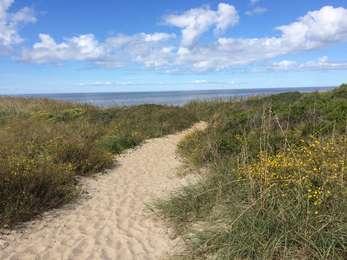
State officials will test these sites again today, and the results of the sampling will dictate further action. If the new samples also show elevated bacteria counts, state officials will post a swimming advisory sign and issue a swimming advisory.
The precautionary advisory was issued Aug. 31 after Tropical Storm Idalia passed the Carolina’s, because excessive rains and flooding can cause high levels of bacteria in the water that can make people sick. Floodwaters and storm water runoff can contain pollutants such as waste from septic systems, sewer line breaks, pet waste, wildlife, petroleum products and other chemicals.
Coastal recreational waters in North Carolina are generally clean. However, it is important to continue monitoring them and inform the public of any localized problems. The N.C. Recreational Water Quality Program samples 215 sites in coastal waters of the state, most of them on a weekly basis from April through October.
For more information on the N.C. Recreational Water Quality Program or to a view a map of testing sites, visit the program’s website, and follow the program’s Twitter feed.







